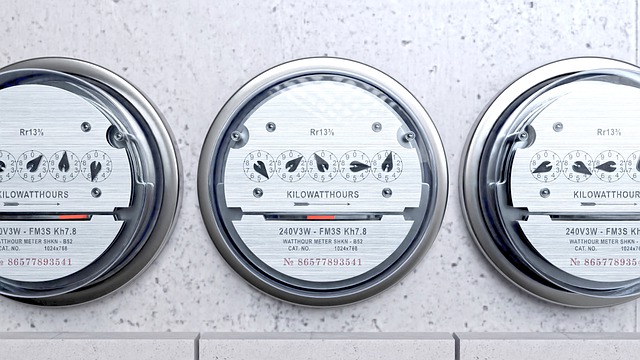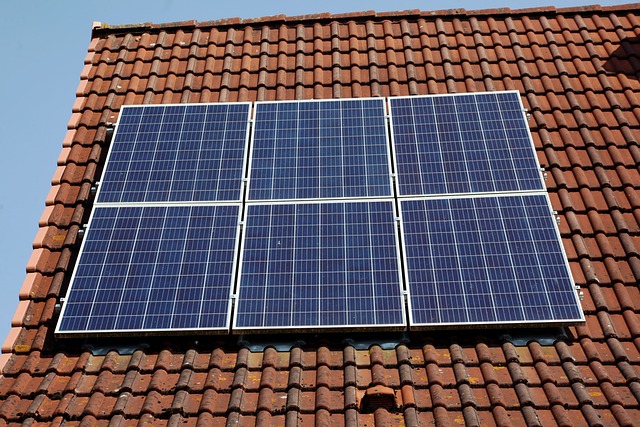Solar panels can produce significant energy, reducing electricity costs and carbon emissions. However, the cost of going solar can vary depending on your home and location.
The size of your solar panel system is one of the most critical factors in determining the price of a system. More extensive systems typically have lower costs per unit.
Cost per watt
The cost of a solar panel lifespan depends on several factors, including the type of panels you choose and the size of your system. You can also reduce costs by taking advantage of tax credits and state incentives.
The wattage of the panels you install is another factor that impacts the price of your solar installation. The kilowatts you need are determined by your electricity usage and the sunlight you receive daily.
Commercial businesses also have different energy needs than residential customers, requiring larger solar panel systems panels to meet their needs. For example, an enormous warehouse will require many more boards than a small boutique.
Solar panels have three main types: monocrystalline, polycrystalline, and thin film. Monocrystalline solar cells are the most efficient but more expensive to produce. On the other hand, thin-film panels are less costly to create but are less energy efficient than other solar cells.
Cost per panel
The cost of a solar power panel varies depending on the type and wattage you choose and the number of panels you need. You’ll also have to consider labor costs and state and local incentives available for homeowners who purchase and install their systems.
Your energy usage will determine your system size to produce enough electricity to meet your needs. Using an online calculator to estimate the output of your home’s panels is a good idea.
Location: The more sun your area receives, the better your chances of saving with solar power. Additionally, your home’s orientation to the sun, nearby shaded buildings or trees, and roof type can impact how much energy your solar panels produce.
In addition to saving money on your energy bills, you can sell any excess electricity your panels produce to the grid. This process is known as net metering.
Cost per kilowatt-hour

The price of a solar power panel varies depending on the size and type of system you choose. In addition, several other factors can influence the cost.
The most crucial factor is how much energy you use. This is listed on your monthly utility bill as kWh used.
Another thing to consider is the size of your home or business. This will help you determine the kilowatt-hours (kWh) your panels need to generate.
Generally speaking, the larger the system, the lower the per-watt cost. More extensive systems are also cheaper to install because the equipment can be purchased in bulk. Labor costs can also vary by region and can be a crucial component in the price of your system.
Cost per year
Solar panels vary in price depending on their size and wattage capacity. The cost per watt can range from $0.75 to $1.60 per watt for rigid microcrystalline and flexible thin-film panels. Still, it’s more common to see prices around $2.60 per watt, the average price for residential systems before tax credits and incentives.
Regardless of how much you pay, it’s likely that solar power will save you money on your electric bills over time. You’ll be able to take advantage of net metering policies that allow you to send excess energy to the grid and receive credits for it, which can reduce your monthly bill significantly.
The savings you’ll enjoy with solar panels depend on your location, how much sunlight you get, and the amount of household electrical demand you have. It’s also important to consider how you plan to use the electricity you generate with your new system.
Featured Image by ReneSchulze1984 from Pixabay
